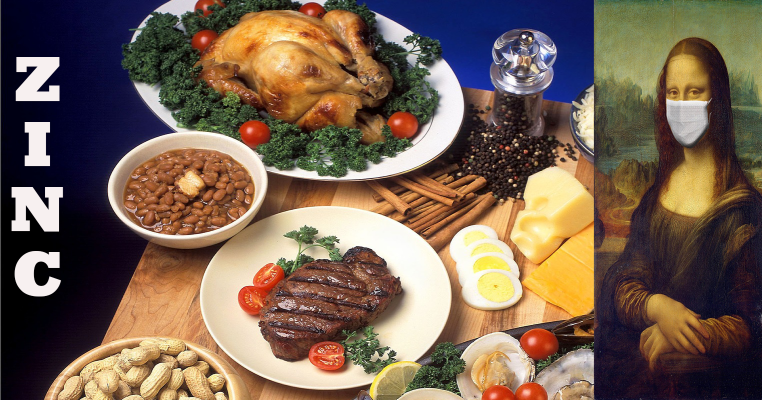 Zinc status is a critical factor that can influence antiviral immunity, particularly as zinc-deficient populations are often most at risk of acquiring viral infections such as HIV or hepatitis C virus
Zinc status is a critical factor that can influence antiviral immunity, particularly as zinc-deficient populations are often most at risk of acquiring viral infections such as HIV or hepatitis C virus
Zinc is an essential micronutrient that is required to mount an effective antiviral response. It is an essential trace element that is crucial for growth, development, and the maintenance of immune function. It is now understood that zinc is the second-most abundant trace metal in the human body after iron
Research Showing Zinc Is A Direct Antiviral, As Well As A Stimulant Of Antiviral Immunity
In a large systemic review researches focused on the role of . Although zinc possesses direct antiviral properties (e.g. influenza), it is also critical in generating both innate and acquired antiviral responses. To complicate matters, zinc is an integral component of many viral enzymes, proteases, and polymerases, highlighting the importance of regulating cellular and systemic zinc distribution to inhibit viral replication and dissemination(1).
Zinc Inhibits Coronavirus And Blocks The Replication Of The Virus
In cell lines in a laboratory researchers found that Increasing intracellular Zinc concentration with zinc-ionophores like pyrithione (PT) inhibits the replication of SARS-coronavirus (SARS-CoV). Zinc concentration can also efficiently impair the replication of a variety of RNA viruses, including poliovirus and influenza (flu) virus.(2)
Zinc Cuts The Duration And Severity Of A Cold By Half
Researchers in a Randomized, double-blind placebo-controlled trial of 50 people found that zinc was very effective; it will reduce the duration of a cold by 50 percent and severity by 50 percent. (3)
Where To Get Zinc And How Much To Take
Adults can supplement with 10mgs daily. Dietary phytate, a natural chelator of zinc ions that is present in corn, rice, and cereals, can severely restrict zinc absorption. Here are the top 12 food sources of zinc, although keep in mind the absorption rate of zinc is best from foods that don’t contain phytates, which are usually animal-based as opposed to plant-based (percentages below are based on the average adult women’s RDI of 8 milligrams/day):
- Lamb — 3 ounces: 2.9 milligrams (35 percent DV(daily value))
- Grass-fed Beef — 3 ounces: 2.6 milligrams (32 percent DV)
- Chickpeas — 1 cup cooked: 2.5 milligrams (31 percent DV)
- Cashews — ¼ cup: 1.9 milligrams (23 percent DV)
- Pumpkin seeds — ¼ cup: 1.6 milligrams (20 percent DV)
- Yogurt (or Kefir) — 1 container of plain yogurt/6 ounces: 1 milligrams (12.5 percent DV
- Chicken — 3 ounces: 1 milligrams (12.5 percent DV)
- Turkey — 3 ounces: 1 milligrams (12.5 percent DV)
- Eggs — 1 large: 0.6 milligrams (7 percent DV)




 Follow me on facebook
Follow me on facebook